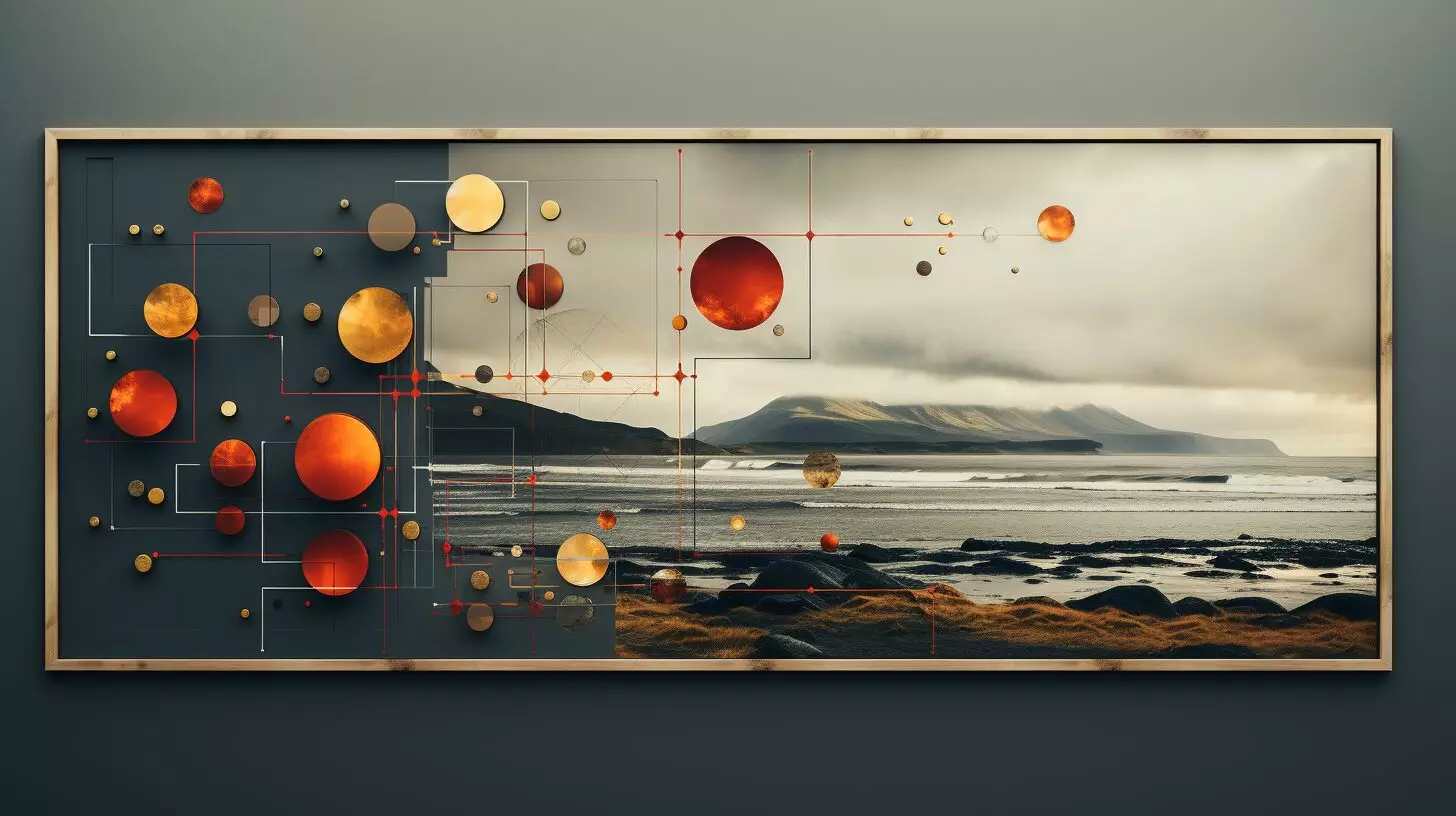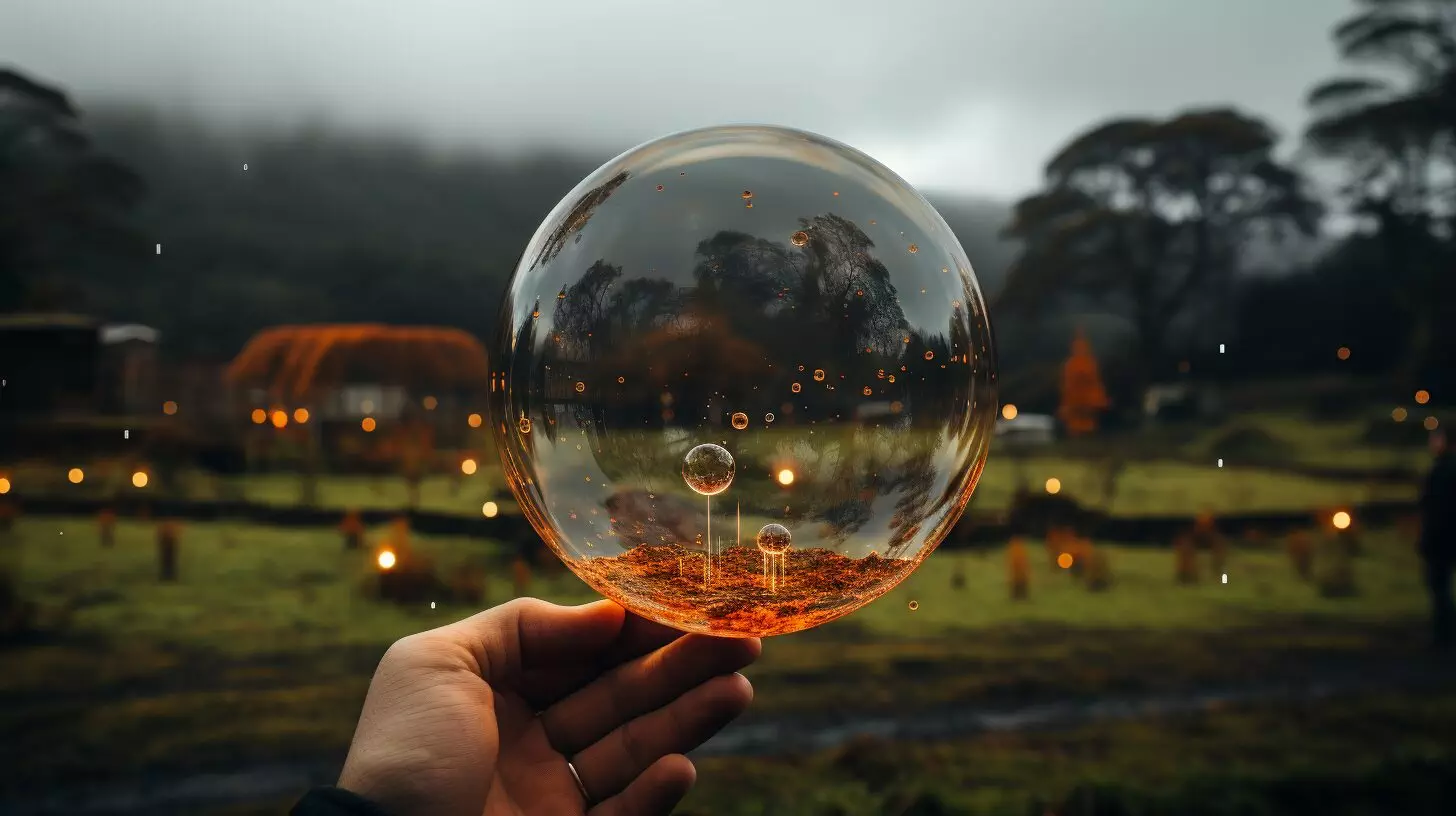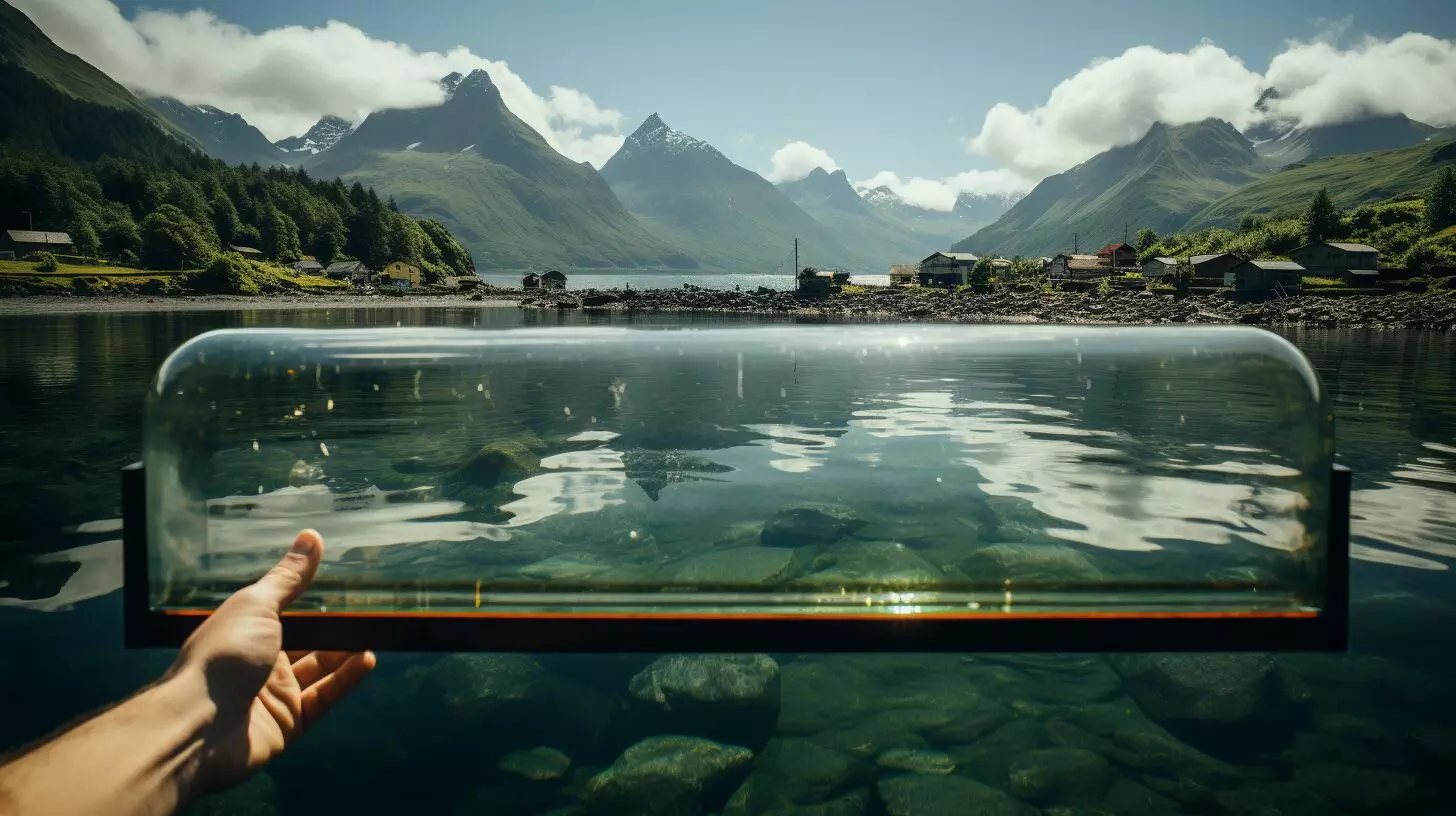As proficient web designers, we get the charm and appeal that a stylish, interactive website can produce, holding the user’s attention with ease, comparable to a skilled magician charming an audience. We appreciate the potent potential that unadulterated CSS offers in crafting appealing features, such as the image zoom function when hovered over.
Today, we’re sharing insights on how to implement a zoom-in effect on images with the simple hover of a mouse, all without JavaScript. This technique not only elevates the aesthetic appeal of a site but also enhances the overall user experience.
Follow us as we guide you through the concise code that brings this magic to life, delving into the intricacies of CSS transitions and transforms.
Key Takeaways
- Hover effects and image zooming enhance user interaction on a website.
- Pure CSS techniques can be used to create captivating hover effects and image zooming.
- Image zoom on hover empowers users to explore content in detail and creates a dynamic space.
- Troubleshooting CSS code is crucial when implementing advanced hover effects and image zooming.
Introduction to Hover Effects and Image Zooming

Hover effects, such as image zooming, play a crucial role in enhancing user interaction by providing a dynamic visual response when a user’s cursor moves over a web element. With pure CSS, we can craft a hover effect that captures attention and provides a seamless experience for content exploration at a leisurely pace.
By leveraging CSS, the backbone of web design, we create a lightweight and fast-loading hover effect. Images expand and contract fluidly, thanks to the transition property. We enhance depth with subtle rotation, mastering CSS properties to add sophistication and freedom to our web designs.
Basics of Creating a Zoom Image on Hover Effect Using CSS

To create a captivating zoom image on the hover effect, follow these steps:
- Set up the HTML Structure: Begin with a div container and place image elements inside, controlling the hover state individually.
- Craft the CSS Code: Write custom CSS classes to style the images and div containers, ensuring they look great pre-hover.
- Define the Hover Selector: Use the hover pseudo-class to trigger the zoom effect on mouse-over.
- Utilize the Transform Property: Scale the image up on hover to achieve the zoom effect, potentially adding a slight rotation.
- Smooth Transitions: Use the transition property to animate the transformation smoothly.
By using pure CSS, we ensure our pages are responsive and adaptable, achieving a sleek and smooth zoom effect that makes images pop on hover.
Enhancing User Interaction with Image Zoom on Hover

Building on the basics, we now focus on enhancing user interaction with a responsive gallery that magnifies images on hover. This zoom effect empowers users to engage with visuals intimately.
We craft this experience by utilizing CSS properties that trigger a zoom on hover, creating a dynamic space where each cursor movement unveils more of the story hidden within the pixels. The hover zoom is responsive, ensuring consistency and fluidity across devices.
With each hover, we’re not just displaying images; we’re offering windows into worlds of visual discovery, enriching user interaction with every visit.
Advanced Techniques and Tips for Image Zoom on Hover

Explore advanced techniques for a compelling visual experience:
- Dynamic Zoom Levels: Adjust the zoom level dynamically with the cursor’s position.
- Layered Zoom: Create a parallax effect on hover by applying different zoom levels to nested divs.
- Text Overlay: Introduce a text overlay on hover, adding context or calls-to-action.
- Smooth Transitions: Customize transition timing and easing functions for a natural effect.
- Interactive Corners: Zoom specific corners or sections on hover to guide focus.
Pushing the boundaries with custom CSS enhances engagement and interactive experiences.
Troubleshooting Problems and Debugging CSS Code for Your Hover Effect

When enhancements don’t perform as expected, debugging is crucial. Here’s a quick guide:
| Issue | Possible Cause | Solution |
|---|---|---|
| No Zoom Effect | Missing CSS class | Ensure the class is correctly linked |
| Incorrect Zoom | Incorrect CSS values | Double-check values (e.g., scale factor) |
| Jittery Animation | Missing transition property | Add transition: transform 0.2s; |
| Zoom on Wrong Element | Incorrectly nested elements | Verify HTML structure |
| Inconsistent Across Browsers | Missing vendor prefixes | Use prefixes like -webkit-, -moz-, etc. |
Browser developer tools are invaluable for tweaking and testing CSS in real-time, leading to a seamless interactive user experience.
Conclusion
We’ve mastered the zoom-in hover effect using CSS, transforming images into inviting and lively elements of our web pages. With creativity and code, we craft experiences that delight and engage.
Let’s continue to explore CSS wonders, making our websites as interactive as they can be. Together, we’re turning the web into a more dynamic place!
Frequently Asked Questions
How can I create a gallery with an image hover effect that zooms an image using pure CSS techniques?
You can create this effect by using CSS properties such as “transform: scale()”. Firstly, you will need an image container (‘div’) with a set width and overflow hidden. Inside this div, place your ‘img’ tag with an initial width of 100% and use the ‘:hover’ pseudoclass to increase the scale value when a mouse hovers over the image.
What does the zoom-in hover effect entail on an image inside a div when implementing hover using CSS?
The zoom-in hover effect involves enlarging an image when the mouse hovers over it. This is accomplished by changing the “scale” CSS property on mouse hover. Transform: scale(1.2) inside the hover state of the image would achieve such an effect.
Can I use a custom CSS class to implement the image hover effect?
Absolutely! You can define a custom CSS class with the desired scaling and transition properties. When this class is applied to the ‘img’ tag, it will execute the image zoom effect on mouse hover.
How Can I Apply Pure CSS Techniques to Fix the Hover Effect on Zoom in Images?
To apply pure CSS techniques to fix the hover effect on zoom in images, you can use the “quick fix for phone buzzing” by adjusting the transition property to control the speed of the zoom effect. Additionally, you can use the transform property to manipulate the scale of the image on hover.
How do I zoom In image on hover effect responsive for different devices using CSS styles?
The best way to make the image hover effect responsive is by using relative units like percentages for defining widths and ‘viewport units’ (vw/vh) for defining the areas of zoom. Additionally, you can use media queries to adjust styles for different screen sizes.
How to keep the zoomed image inside the image container on hover using CSS?
To keep the zoomed image within the container, you would set the ‘overflow’ property of the container div to ‘hidden’. This would cut off any part of the image that tries to extend beyond the border of the container when it’s zoomed in.

